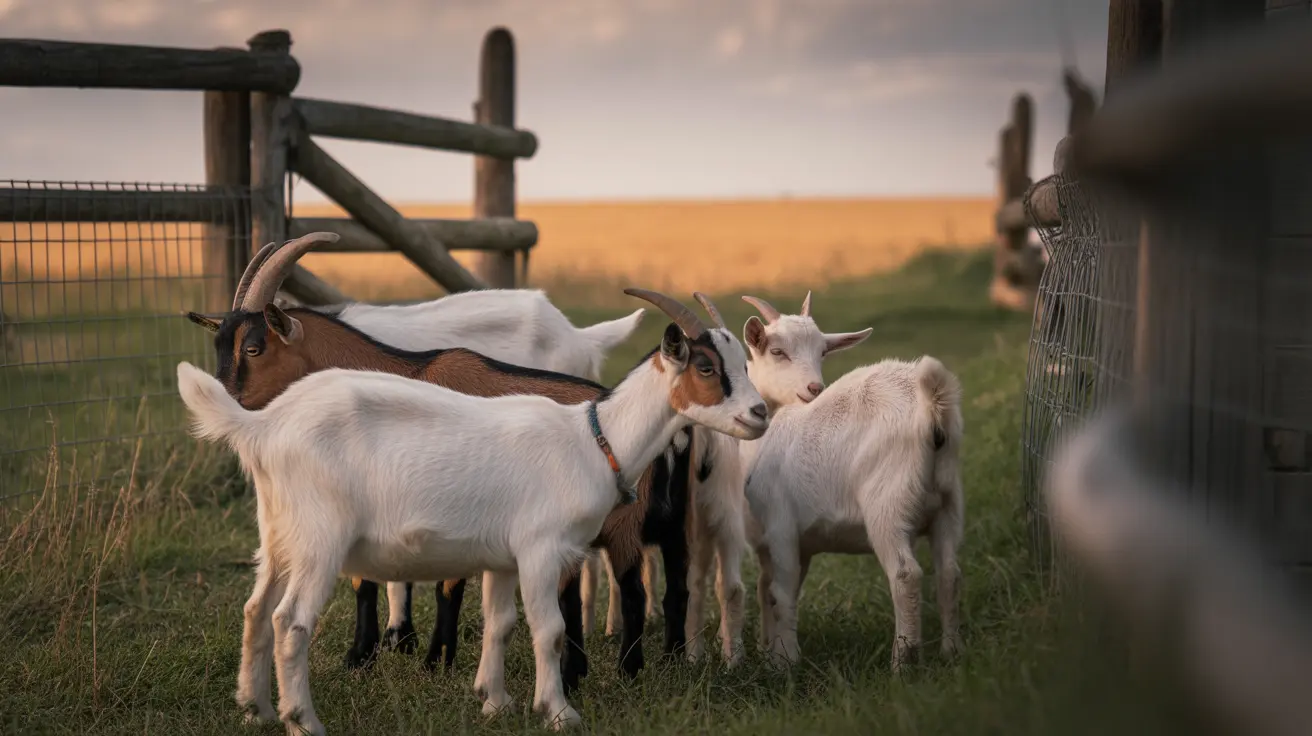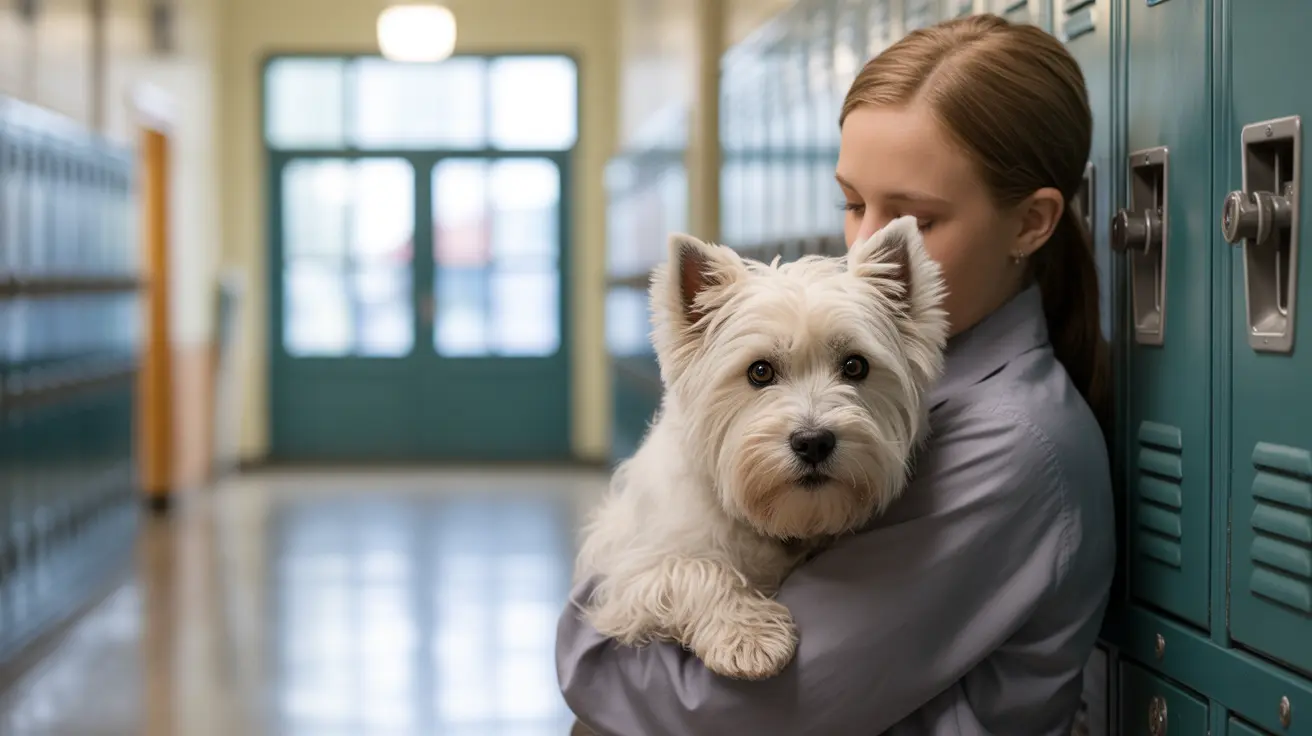Resource guarding in dogs is a common behavioral issue that occurs when canines become protective or defensive over items they consider valuable. Whether it's food, toys, sleeping spots, or even their favorite humans, this natural yet potentially problematic behavior requires understanding and proper management to ensure a harmonious household.
While resource guarding stems from natural survival instincts, it can develop into concerning behavior that affects both the dog's wellbeing and household safety. This comprehensive guide will help you recognize the signs, understand the underlying causes, and learn effective management strategies for resource guarding behaviors.
What Causes Resource Guarding in Dogs?
Resource guarding typically develops from a combination of instinctual and learned behaviors. Dogs may guard resources due to:
- Past experiences of scarcity or competition
- Anxiety or insecurity about resource availability
- Natural survival instincts
- Lack of early positive training around sharing resources
- Previous negative experiences when items were taken away
Early Warning Signs and Body Language
Recognizing the subtle signs of resource guarding is crucial for early intervention. Watch for these indicators:
- Stiffening body posture over an item
- Showing the whites of eyes ("whale eye")
- Increased speed of eating when approached
- Turning head or body away to block access
- Low growling or lip curling
- Freezing or becoming very still
Managing Resource Guarding Behavior
Successful management of resource guarding requires a patient, systematic approach focused on building trust and positive associations. Key strategies include:
Prevention Techniques
Create a supportive environment that minimizes guarding triggers:
- Feed dogs in separate areas if multiple pets are present
- Establish consistent feeding schedules
- Remove high-value items during group activities
- Teach children to respect the dog's space and possessions
Training and Behavior Modification
Work on changing your dog's emotional response to resource-related situations:
- Use positive reinforcement training methods
- Practice "trade-up" games with low-value items
- Gradually desensitize your dog to approach during meals
- Never punish guarding behavior, as this typically worsens the issue
When Professional Help Is Needed
Some situations require expert intervention, particularly when:
- Resource guarding involves aggressive behaviors
- Multiple pets or young children are present
- Basic management strategies aren't working
- The behavior suddenly develops in an adult dog
- There's risk of injury to people or other animals
Frequently Asked Questions
What are the most common signs of resource guarding in dogs?
The most common signs include freezing over items, growling, showing teeth, rapid eating when approached, and moving items away from others. Dogs may also display "whale eye," where you can see the whites of their eyes as they watch approaching individuals.
How can I safely manage or stop my dog's resource guarding behavior at home?
Implement management strategies like feeding separately, using positive reinforcement training, and avoiding confrontational approaches. Work with your dog using "trade-up" games and gradual desensitization exercises. Never punish guarding behavior, as this can worsen the problem.
Why do dogs resource guard food, toys, or even people?
Dogs resource guard due to natural survival instincts, past experiences of scarcity, anxiety about losing valuable items, or learned behaviors from competitive environments. It's not about dominance but rather about securing items they consider important for their wellbeing.
Should I punish my dog for growling or snapping when they guard resources, and what should I do instead?
Never punish your dog for resource guarding, as this can increase anxiety and aggression. Instead, focus on positive reinforcement training, careful management of triggering situations, and building trust through consistent, reward-based training methods.
When should I seek professional help for my dog's resource guarding?
Seek professional help if your dog shows aggressive behaviors, if the guarding puts anyone at risk of injury, if basic management strategies aren't working, or if the behavior suddenly develops in an adult dog. A certified professional can create a safe, effective treatment plan.
Remember, resource guarding is a manageable behavior with proper understanding, patience, and consistent training. By recognizing early warning signs and implementing appropriate management strategies, you can help your dog feel more secure and reduce guarding behaviors over time.






